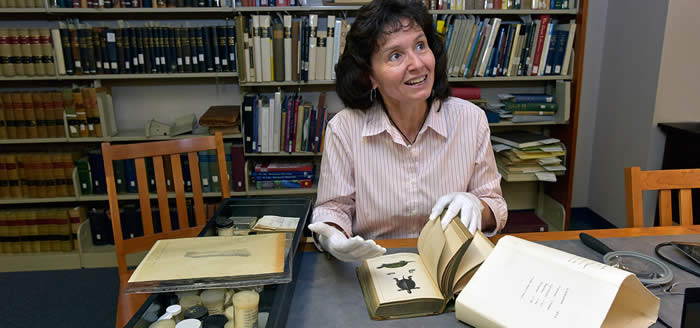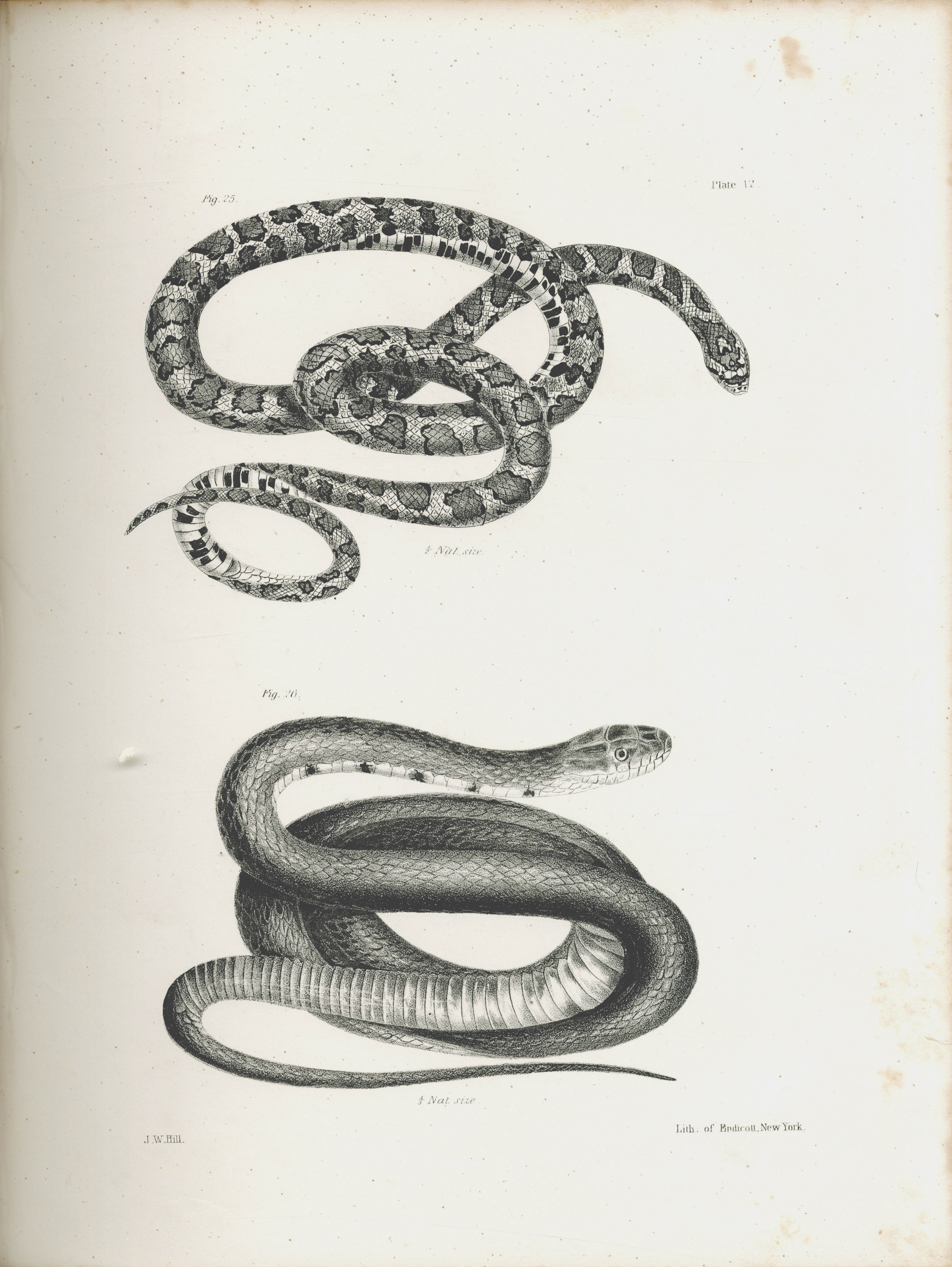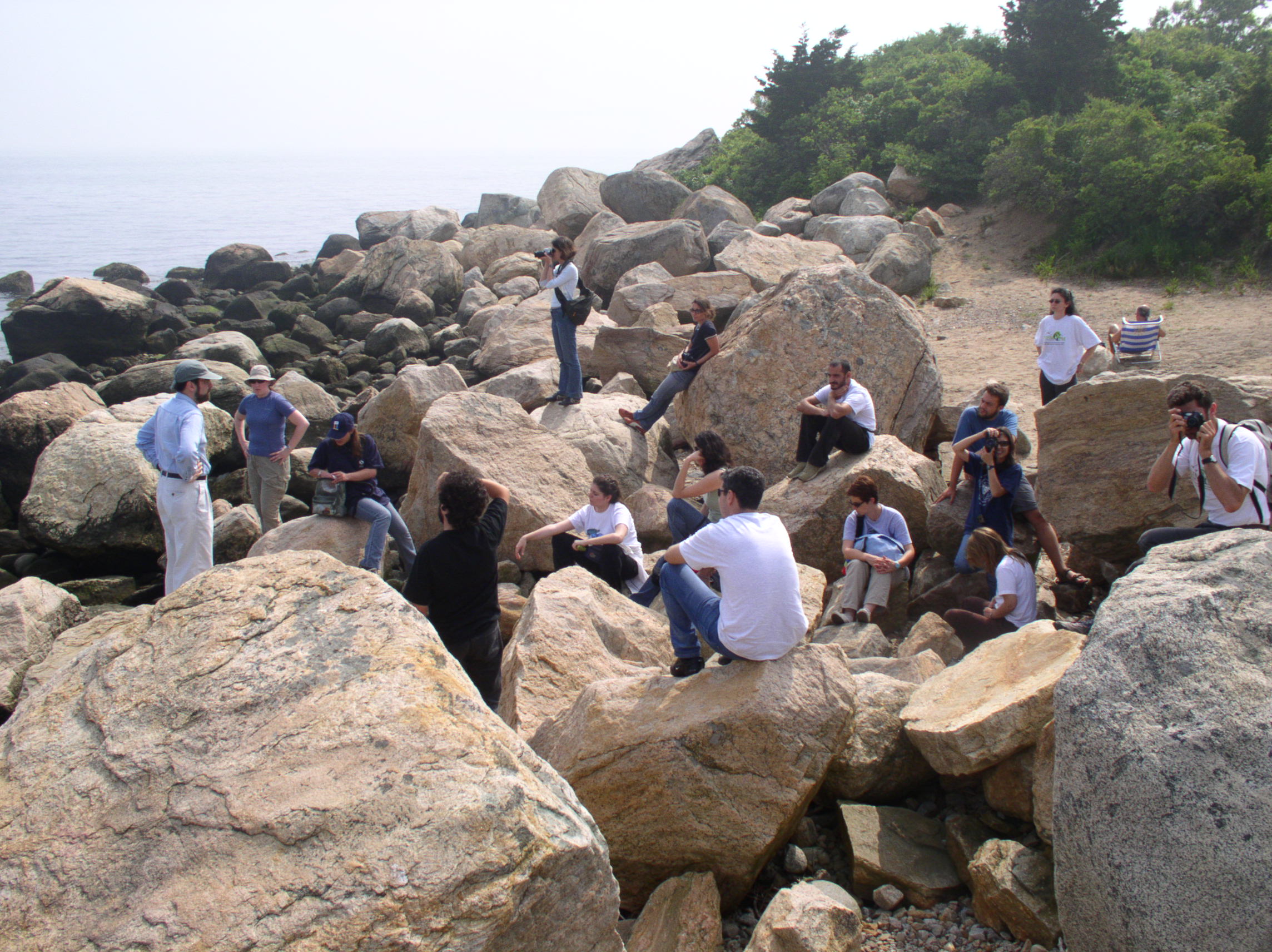


As a herpetologist I’m interested in the biology, evolution, and conservation of amphibians and reptiles. Current projects in my lab include looking very closely at sea turtles and their swimming behaviors and patterns of movement. By doing this my colleagues and I have discovered new species of marine organisms and we are trying to better understand how and why these attach to sea turtles. My research lab is also interested in examining historical records of amphibians and reptiles, and works with museum collections world-wide as well as with the H.G. Dowling Herpetological Collection housed here at WCSU. These records are used to look through the lense of past herpetologists and naturalists to improve models of historical change in biodiversity and land use.
Relevant Publications:
Pinou, T.,Prunier, R., Bresson, M, Enciso, I, Franciso, J., Trejo, A., DiGiovanni, R. A., Robinson, N.J. (2018). Repeated sampling adds to the genetic diversity of Lepidochelys olivacea (Eschscholtz 1829) Olive Ridley Sea Turtles. Journal of Natural History 52: 2899-2917, DOI:10.1080/00222933.2018.1557755.
Majewska, R., Ashworth, M.P., Lazo-Wasem, E, Robinson, N.J., Rojas, L., Van de Vijver, B., and Pinou, T. (2018). Craspedostauros alatus sp. nov., a new diatom species found on museum sea turtle specimens. Diatom Research 33(2): 229-240. DOI: 10.1080/0269249X.2018.1491426
Robinson, N. J., Gatto, Christopher, Figgener, Lazo-Wasem, E., Paladino, F., Tomillo, P., Zardus, and Pinou, T. (2017). Assessing potential limitations when characterizing the epibiota of marine megafauna: effect of gender, sampling location, and inter-annual variation on the epibiont communities of olive ridley sea turtles. Journal of Experimental Marine Biology and Ecology. 497: 71-77.
SEA TURTLE EPIBIONT SAMPLING PROTOCOL
